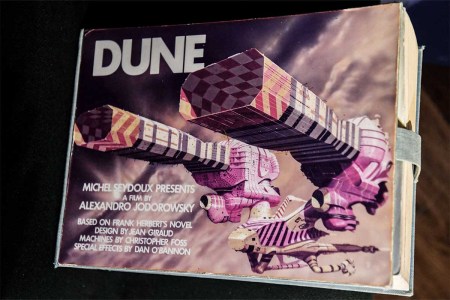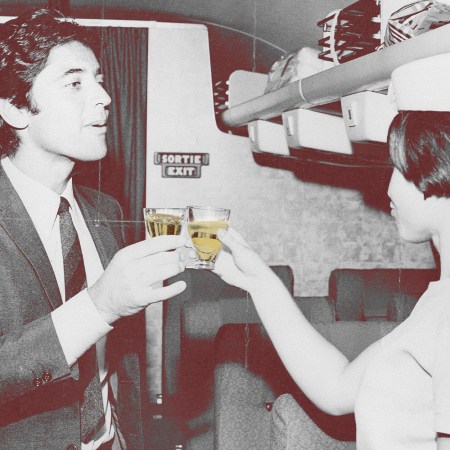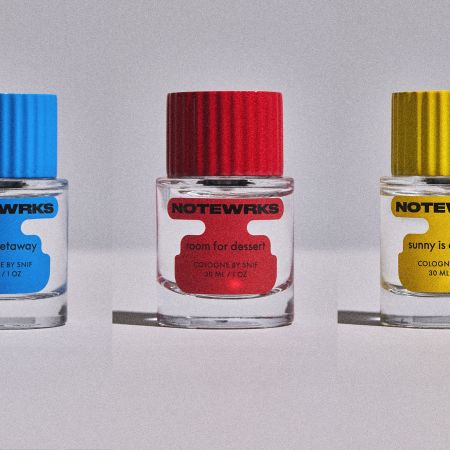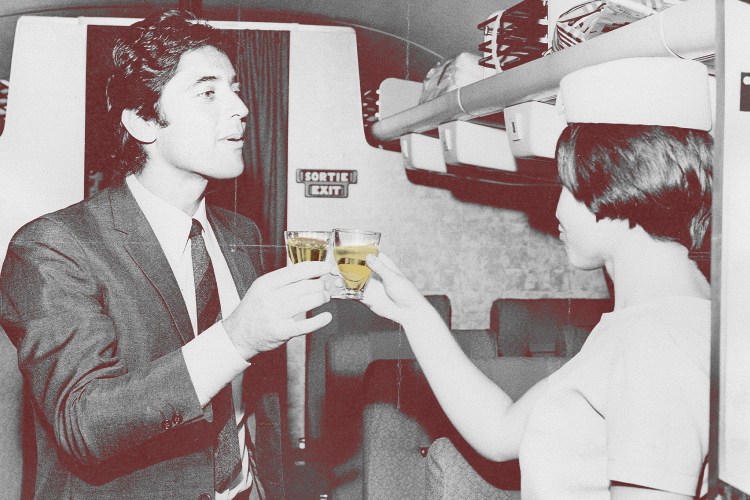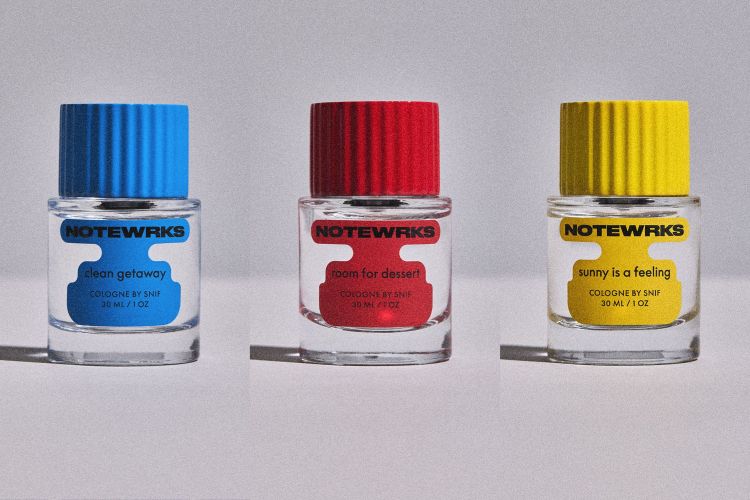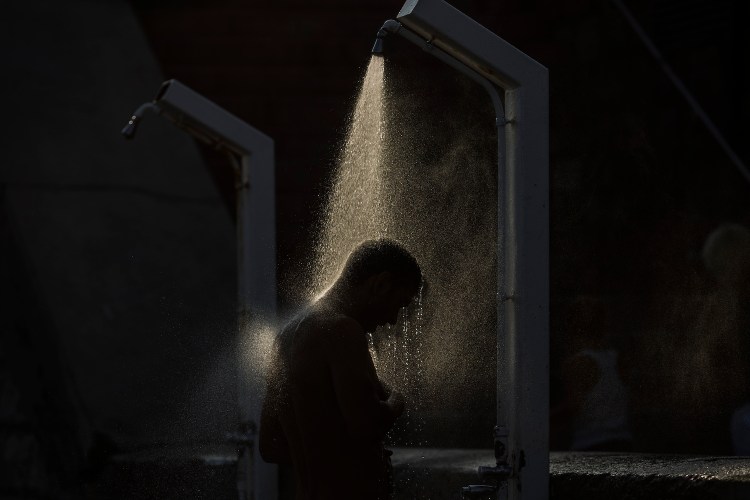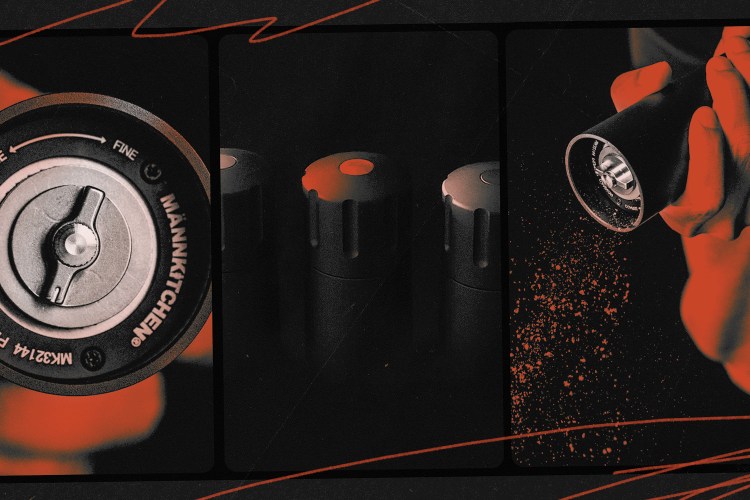The rare book world can involve a lot of beautiful objects, but its inner workings aren’t always pretty. The full title of Michael Visontay’s new book Noble Fragments: The Gripping Story of the Antiquarian Bookseller Who Broke Up a Gutenberg Bible should give you an idea of some of the places this trade can go — including effectively destroying some priceless (and historical!) tomes that had endured for centuries.
In Noble Fragments, Visontay revisits the shocking moment in 1921 when rare book dealer Gabriel Wells dismantled a Gutenberg Bible and the aftermath of that decision — which turned out to connect with Visontay’s own family. As he researched the subject more, Visontay encountered a host of larger-than-life figures, including the one you’ll meet in the excerpt below.
The story of how Doug Stewart became an antiquarian bookseller would enliven many a staid dinner party. Doug was unlike most children. While others were content to borrow their favourite books from the library, he needed to possess them. When he wasn’t in the classroom or the schoolyard, he was busy trawling Melbourne’s second hand book shops. Soon he had purchased more books than he could fit in the family house and began to sell them back to the shops, often for more than he had originally paid. That allowed him to buy even more books. By the time he celebrated his 13th birthday, Doug had turned pro. He was running a hobby business out of home, picking up rare books he found at charity and garage sales and selling them to second-hand shops. Around the same time, he got his first ‘real’ job with an antiquarian map and print dealer, a position he held until he was 17. All this while he was a high-school student, who still managed to achieve the marks that allowed him to study a combined arts/law degree. During Orientation Week at the University of Melbourne, Doug signed up for a tour organised by the rare-book club. A librarian who addressed the group encouraged the students to call on his assistance if they ever wanted to get their hands on an item listed in the catalogue as a rare book. ‘You come to me,’ he said, ‘and I will get it from the safe and we can sit down together and look at it.’ No sooner had he made the invitation to the students than he was peppered by questions from young Doug:
Q: How many incunables [books printed pre-1500] do you have?
A: We’ve got 14 incunables and … who are you again?
Q: I’m a first-year law student and I’m an antiquarian bookseller. So, do you buy books?
A: Yes, we buy books.
Q: Can I bring in some books to show you for sale?
In the second week of university, Doug sold the librarian $300 worth of books. It was a taste of things to come. As Doug is pleased to recount, by the time he graduated, he had ended up earning more money from his university than it made from him in fees.
The librarian may have been floored by Doug in his first week, but he wasn’t the only academic whose hard-won expertise paled before the student’s precocious knowledge. Doug was sitting in an Australian art class when the lecturer put up a slide on the screen. It was a fine example of a modernist painting from 1929. Doug recognised it instantly — he owned the original, and it was hanging in his home. It seems that alongside book dealing and his legal studies, Doug had found time to hone his art appreciation skills. He was, at that point, working at an art gallery part-time (earning $40,000 a year), selling ten times that amount as a book dealer in his spare time, and studying. Rather a lot of balls in the air.
Fancying a career in human-rights law, Doug undertook a stint working with the United Nations in Geneva. But even in that rarefied environment, he couldn’t let his book passion lie. He spent weekends scouring the rare-book shops, looking for old vellum bindings. It was all too much. Something had to give. Doug dropped his law degree, rationalising that the world had enough lawyers and not enough rare book dealers. It was a calling he couldn’t ignore. At the age of 25, he quit the Melbourne art gallery and set up a rare-books business out of the house he was renting. Soon he had a staff of four and knew it was time to find a proper shop.
Though I first became interested in Wells through my father’s papers, in many ways Doug’s bookshop in Armadale is where this book began, its ground zero. When I started making enquiries about Gabriel Wells, I turned to one of the few contacts I had in the old-book world then — by now I have many — my erstwhile neighbour and childhood playmate Jonathan Dickson. Jonathan now lives in Melbourne, where he works as a researcher and cataloguer for Doug Stewart. Jonathan is a linguist. He has ‘passive command’ (his words) of all the Germanic languages (principally German, Swedish, and Danish, but also Icelandic) and Romance languages (including Latin), plus an academic background in ancient Semitic languages (Biblical Hebrew, Ugaritic, and Akkadian). Astonishing. It’s also gratifying to know there are jobs in this world that are a perfect fit for someone with such a prodigious suite of linguistic skills.
I had met Jonathan for coffee a few months earlier and explained my interest in Gabriel Wells. Did the name ring a bell? I wasn’t sure if his name had survived the passing of a century, in a country on the other side of the world. ‘Of course, he’s very well known,’ Jonathan replied nonchalantly. In fact, the name rang a very loud bell. Barely a week later, he emailed to say he knew of an Australian collector who had bought a Noble Fragment. What’s more, the collector was living in Kings Cross. Naturally, he couldn’t identify him. However, he did put me in touch with Eric White, the librarian from Princeton and master of all things Gutenberg, who has been a generous brains trust for this book.
‘You really should come down and meet my boss,’ Jonathan added, grasping the nettle. ‘Doug knows a lot about Gutenbergs. He’s got so many stories, and he’d be very happy to talk to you.’
So here we are. Doug Stewart looks too young to be an antiquarian bookseller, let alone president of the national association. Before our meeting in his shop, I pictured him with tufts of grey hair, slow and deliberate in his speech. I couldn’t have been more wrong. The man sitting across the large wooden table is fresh-faced, full of boyish enthusiasm, and bursting to share his war stories. To whet my appetite, he has placed in front of me a Gutenberg leaf bound in a rich leather case. Like others I have seen, the lettering is razor sharp, jet black and not a smudge anywhere. I am riveted. Every rare-book dealer dreams of handling a Gutenberg Bible or a fragment of one. Doug has handled six leaves in his 20-plus years in the trade. He’s about to open the door to his world.
‘I thought the first Gutenberg leaf I bought was a fake,’ he confides.
About ten years ago, Doug was doing regular business with the University of Melbourne and asked a librarian to forget about money and tell him what they would consider the ultimate addition to the university’s collection. The answer was swift: a Gutenberg Bible. Shortly afterwards, Doug went to the California international antiquarian book fair, his first. He was 28 years old. As he chatted to other dealers, trying to get a feel for the nuances of putting his wares on show, he started thinking aloud, to no one in particular, about how nice it would be to get his hands on a Gutenberg leaf. Before he knew it, Doug was introduced to another bookseller, who told him he could get one. It was a Noble Fragment. Fast-forward a few conversations and Doug was ringing Melbourne to get authority to buy the leaf. After a few days of haggling, and too quickly, Doug had purchased his first Gutenberg leaf sight unseen. Though it seems rash, in a trade defined by privacy, discretion, and large amounts of money, you can’t always ask to see the goods in advance. Sometimes, you just have to trust the other party.
Crypto Group Buys Rare Copy of “Dune” Book for 100 Times Its Value in Weird NFT Plot
Spice DAO apparently thinks buying the book gives them carte blanche to do whatever they want with the book’s contents‘I had the leaf sent over by FedEx, got back to Australia, and opened the parcel. I looked at it and thought, oh my god, what have I done? It’s a fake. It can’t be right. It just doesn’t look right. I hadn’t seen it before buying it. But this was a top dealer. I trusted him, he was a member of the international trade. I was so new to Gutenberg Bible leaves, I thought that something from 1455 cannot be as beautiful and as perfect as this. It just looked too good. I freaked out. I googled endless pages of the Gutenberg Bible. And then I realised that this is what it looks like. I knew roughly what a leaf looked like, but I hadn’t actually had the paper in front of me. I didn’t realise just how good it was.’
Doug stops, looks at me, and pauses for effect. He is enjoying himself. He can see he’s got me on a string. ‘You should buy one,’ he says matter-of-factly. I burst into laughter. He seems quite serious. ‘I know it’s a bit of money, but it’s worth doing. You won’t lose on it; you won’t flip [sell] it straightaway; but if you ever sell it, you won’t lose. Just hold on to it for a bit.’ I’m here to learn about Gutenbergs, and he wants me to buy one. He’s trying to turn me from an interviewer into a client. I can’t help but admire his cheek. I let the idea wash over me, momentarily seduced by the irony of the fleeting opportunity to join a club completely out of my league.
“Confessions of a Teenage Book Hustler” is excerpted from Noble Fragments: The Gripping Story of the Antiquarian Bookseller Who Broke Up a Gutenberg Bible by Michael Visontay, published by Scribe Publications on March 4, 2025. Copyright (c) 2025 by Michael Visontay. All rights reserved.
This article appeared in an InsideHook newsletter. Sign up for free to get more on travel, wellness, style, drinking, and culture.

